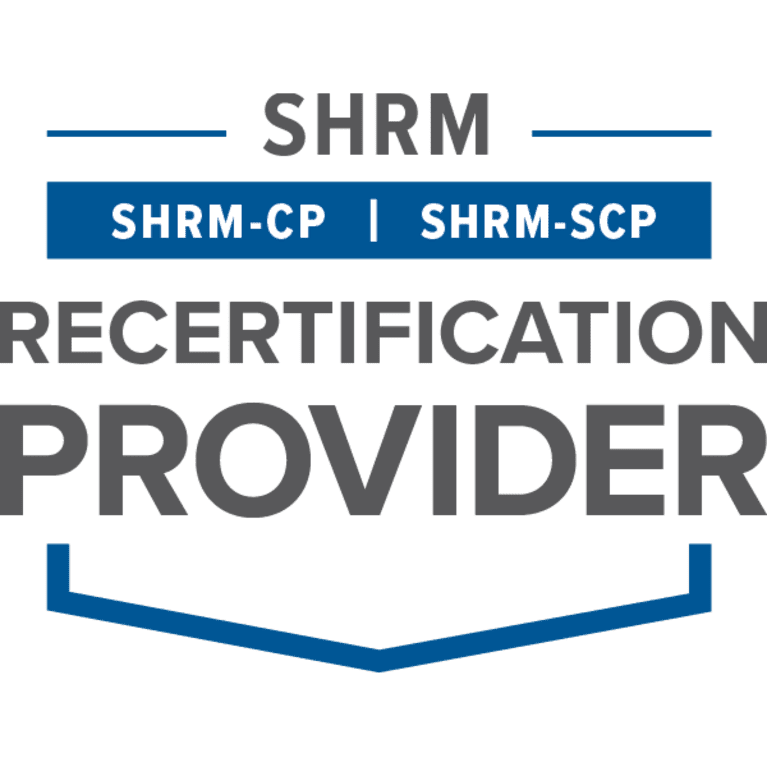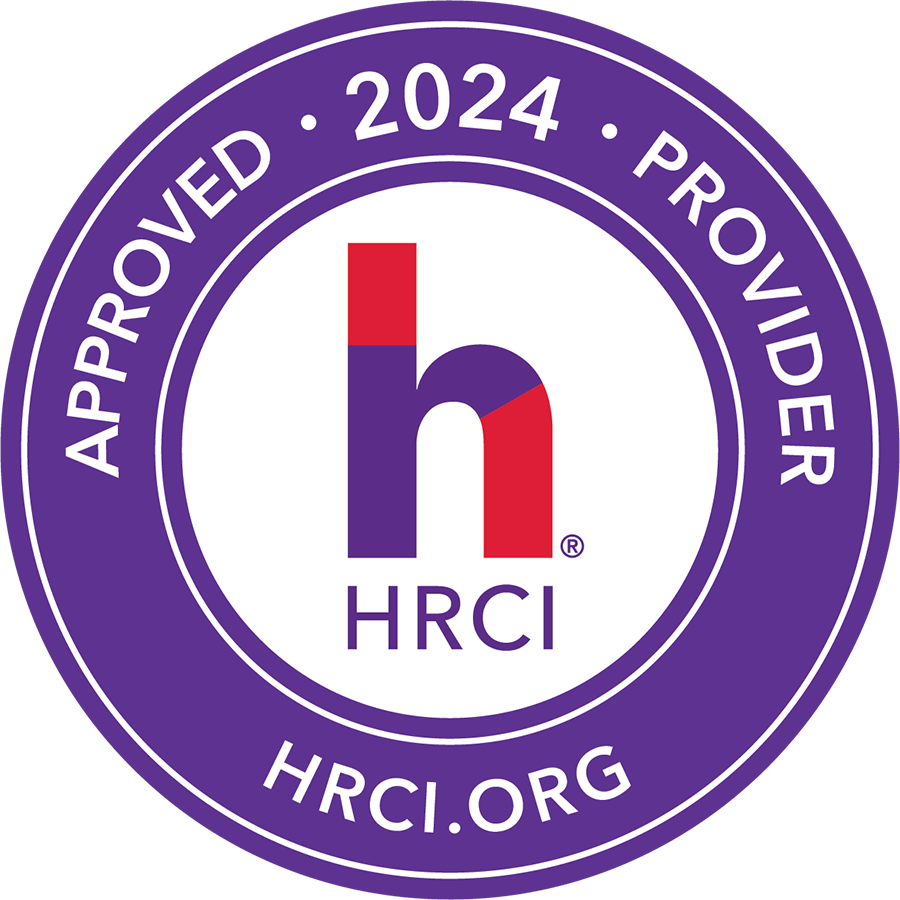It’s no secret that recruiting and retaining talent is challenging these days, so it’s just as important now as it ever has been for organizations to focus time and energy on building their culture. Creating a positive workplace culture is even becoming an important factor when candidates are considering position changes.
At the foundational level, workplace culture is about what it truly ‘feels like’ to work for an organization. To create a positive workplace culture, organizations must actively embrace diversity and leverage the strengths and uniqueness of everyone. This can be accomplished by implementing inclusive hiring practices, promoting diversity throughout the organization, providing training, and encouraging open and respectful communication. By supporting these efforts, leadership can build a foundation for a positive and thriving work environment because each employee will be able to show up to work as themselves and be appreciated for who they truly are.
There are so many ways companies are finding success with this today. Here are a few common strategies and initiatives that can be considered to foster a positive workplace culture:
- Establishing open and transparent communication channels helps create an inclusive and collaborative environment. Organizations are promoting regular feedback sessions, town hall meetings, and open-door policies to encourage dialogue, share information, and address concerns.
- Recognizing the importance of work-life balance, employers are implementing policies and practices that support employees’ well-being. This includes offering flexible work arrangements, providing wellness programs, promoting mental health resources, and encouraging time off to recharge.
- Providing access to professional development opportunities demonstrates an organization’s commitment to the growth and development of its employees. This commitment enhances employee engagement and satisfaction, leading to increased retention. When individuals feel supported and empowered to enhance their skills and advance their careers, they are more likely to remain with the organization.
- Access to professional development plays a vital role in developing diverse leadership pipelines. Organizations that provide targeted development programs and mentoring opportunities for individuals from underrepresented groups increase the chances of diverse talent reaching leadership positions. This not only benefits individuals but also promotes diversity at decision-making levels, leading to more inclusive and equitable organizational cultures.
- Promoting mental health and well-being in a diverse workplace is not only an ethical responsibility but also beneficial for overall employee well-being and productivity. A positive mental health environment reduces stress, enhances job satisfaction, increases engagement, and improves performance. Prioritizing mental health contributes to a more productive and thriving workforce. Some organizations offer enhanced employee assistance programs, mental health apps, ergonomic workspaces, and wellness competitions.
- Organizations can actively seek feedback from employees to drive continuous improvement: employee surveys, focus groups, and feedback sessions can provide great insights and inform changes.
These examples are by no means exhaustive, and organizations should tailor their approaches based on their unique culture and values. The goal is to create an environment where employees feel valued, supported, and motivated to do their best work. Whatever methods an organization chooses, it is important to remember it takes ongoing focus, it’s not a once-and-done to be most effective.

About the Author
Sheri Bender, SHRM-SCP, SPHR, MS ED
Director, Diversity & Inclusion, HR Virginia






